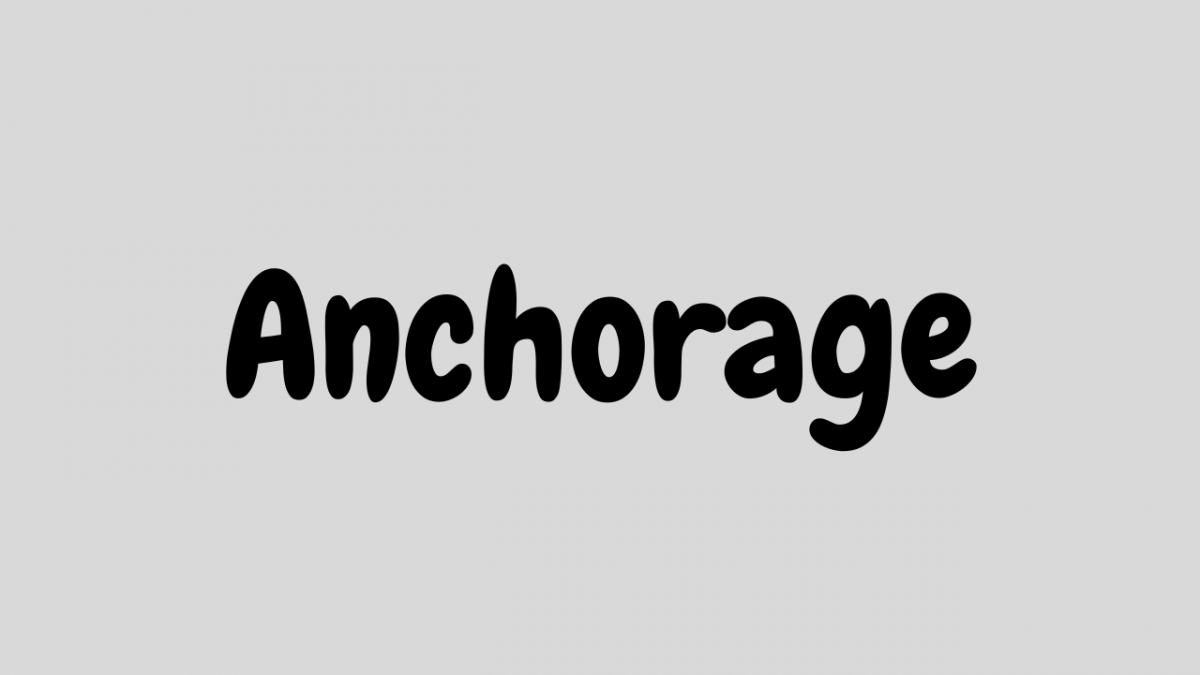Introduction
The Anchorage mental model highlights the human tendency to heavily rely on the first piece of information encountered when making decisions. It influences our judgment, evaluations, and subsequent decision-making processes. Understanding the concept of Anchorage is crucial as it plays a significant role in shaping our perceptions and can lead to biased and irrational decisions.
Relevance of Anchorage in Decision-Making
Anchorage holds relevance in various decision-making processes, whether in personal life, business scenarios, or public policy-making. It has a pervasive presence in our day-to-day lives, affecting how we interpret information, evaluate options, and make choices. Recognizing the influence of Anchorage helps us approach decision-making with more objectivity and avoid the pitfalls associated with this mental model.
Anchorage Anchored in Human Psychology
The Anchorage mental model is rooted in human psychology, specifically cognitive biases related to information processing and decision-making. Our minds tend to latch onto initial information or impressions, using them as reference points when evaluating subsequent information. This tendency can significantly impact our judgments and decisions, often leading to biased outcomes.
Examples of Anchorage in Various Contexts
- Personal Life Decisions: Consider an individual purchasing a car. If they encounter an advertisement highlighting a specific car’s advanced features and a high price, that initial price becomes the anchor. Even if they come across other options with better value for money, the initial high price might influence their perception, leading them to perceive the alternatives as inexpensive, despite their reasonable prices.
- Business Scenarios: In business negotiations, the Anchorage mental model can come into play. For instance, when setting the price for a product, the first offer made by one party can act as an anchor for the negotiation. Subsequent negotiations tend to revolve around that initial offer, often leading to decisions that may not reflect the true value or fair market price.
- Public Policy-Making: In the realm of public policy-making, Anchorage can influence decision-makers. The first proposal or solution presented in a policy discussion can become the anchoring point for subsequent debates. As a result, alternative proposals or perspectives may be overshadowed or undervalued, limiting the exploration of potential alternative solutions and hindering effective policy development.
Mental Biases and Psychological Underpinnings
Anchorage is influenced by various cognitive biases
- Confirmation Bias: Once an anchor is set, individuals tend to seek information that confirms and supports the initial impression, while neglecting contradictory evidence. This bias reinforces the power of Anchorage and inhibits objective decision-making.
- Status Quo Bias: People have a natural inclination to maintain the existing state or status quo. When an anchor is established, the status quo bias can make individuals resistant to change or alternative perspectives, perpetuating the initial impression.
- Primacy Effect: Anchorage is also connected to the primacy effect, which suggests that people remember and prioritize information encountered early in a series. The initial information acts as a strong reference point, influencing subsequent judgments and decisions.
Avoiding the Anchorage Trap
To mitigate the influence of Anchorage and make more objective decisions, consider the following strategies:
- Seek Multiple Anchors: Actively seek diverse perspectives and information sources to establish multiple anchors. By considering different viewpoints and information, you can reduce the risk of fixating on a single initial impression.
- Delay Initial Judgment: Avoid rushing to judgment based on the first piece of information encountered. Allow time for reflection, information gathering, and exploring alternative options before making a final decision.
- Consider the Range: Instead of focusing solely on the initial anchor, consider the entire range of possibilities and gather comprehensive information before settling on a decision. This broader perspective helps counteract the narrowing effect of Anchorage.
Conclusion
The Anchorage mental model underscores the powerful impact of initial impressions on decision-making processes. By understanding Anchorage’s prevalence in our lives and the associated biases, we can become more aware of its influence and strive for more objective decision-making. By seeking multiple anchors, delaying initial judgment, and considering a range of possibilities, we can mitigate the negative effects of Anchorage and make decisions that align with our best interests. Awareness and active avoidance of this mental trap are key to achieving better outcomes in personal life, business, and public policy-making endeavors.
